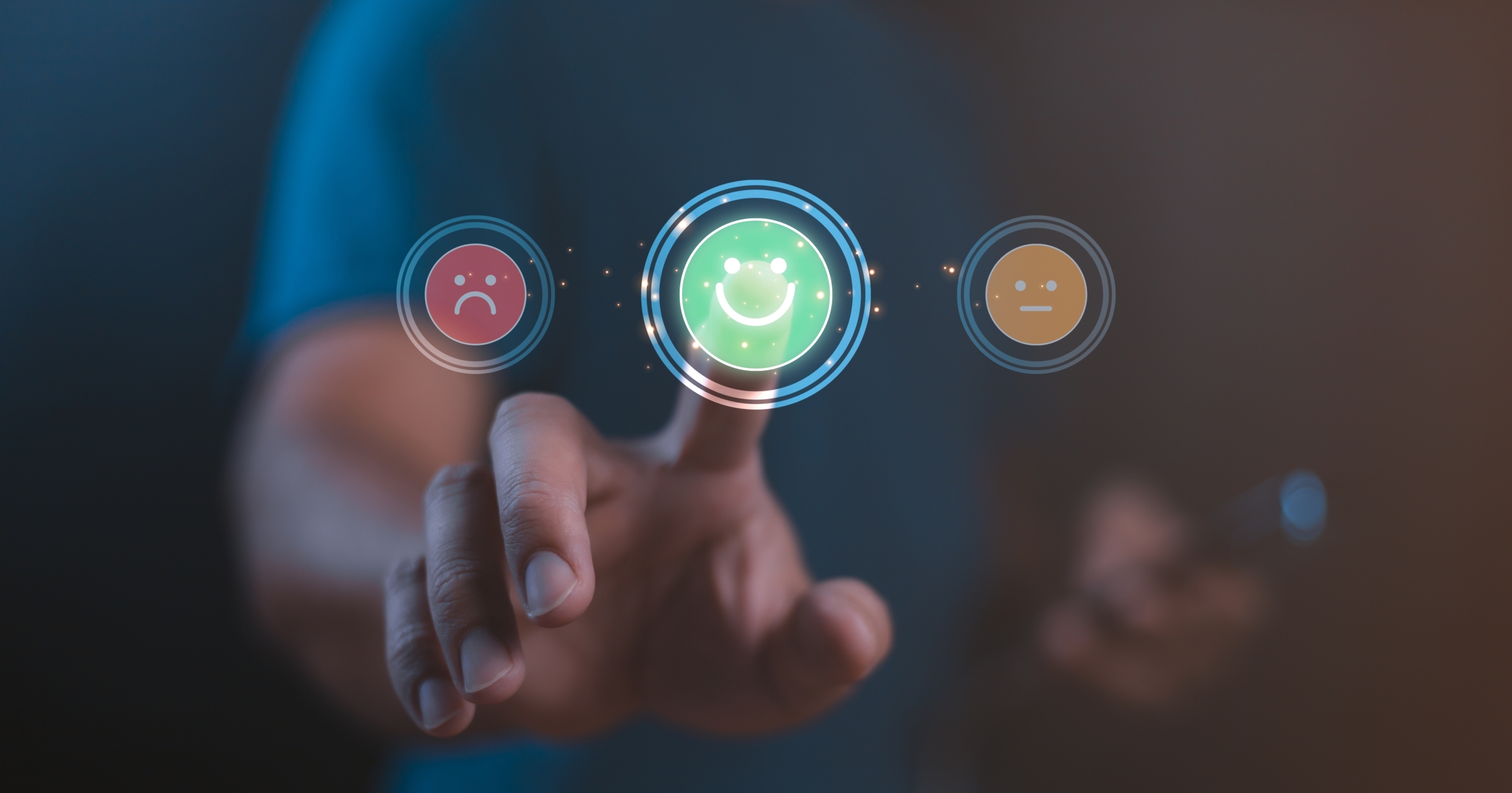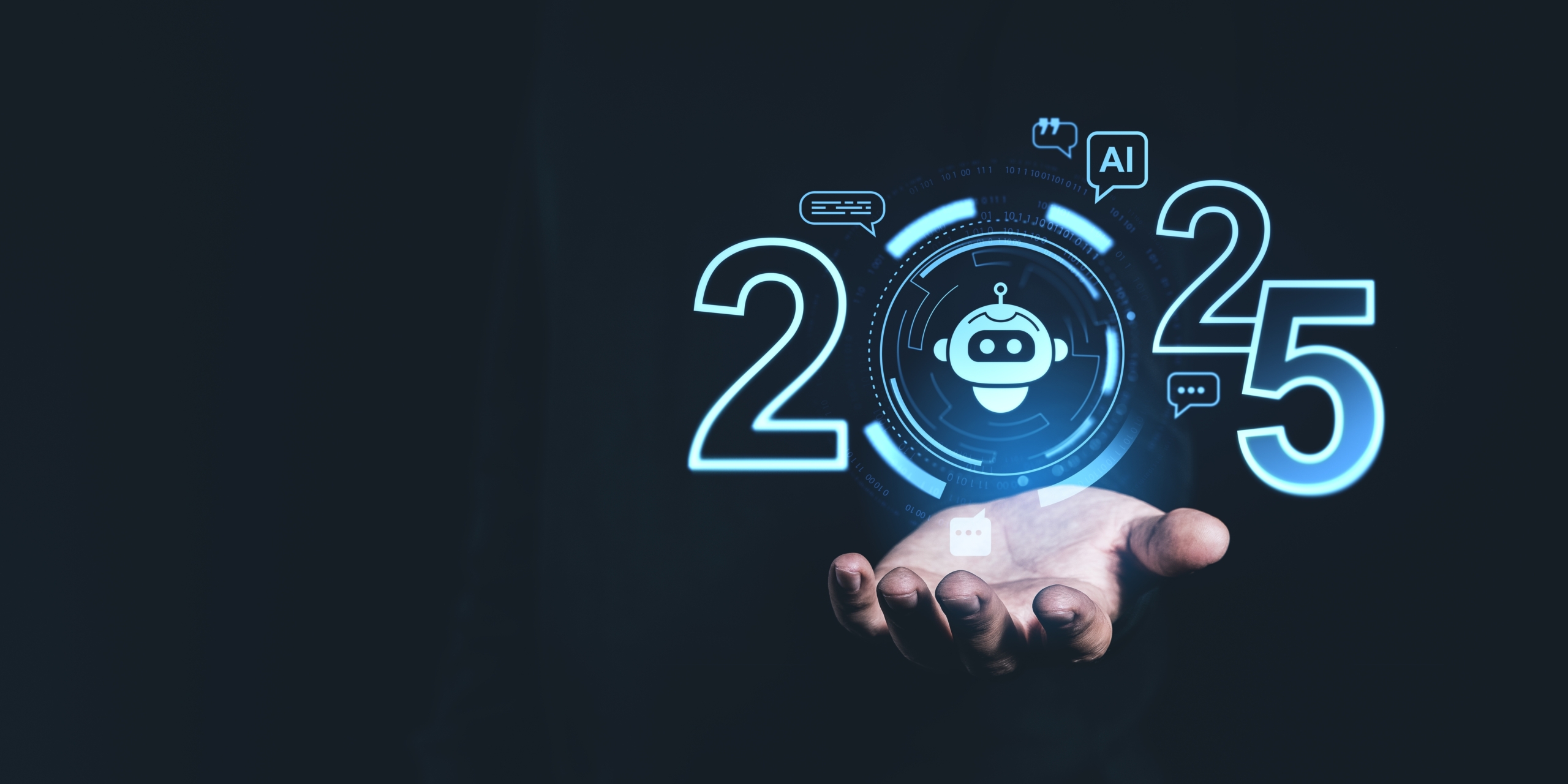Back to Basics: new world, same rules?
The world has changed. But the basics still apply. This is the message from two multi-unicorn builders, Pete Daffern and Howard Bell who have been guiding CEOs throughout the pandemic. So what are these ‘basics’, and how is it that they still apply in a world changed by Covid?
“The stakes are higher due to this pandemic but we’re seeing that it’s even more important for CEOs to sit back and take a dispassionate look at their strengths and weaknesses versus their rivals,” says Howard.
Process
“When Pete and I ask the basic questions,” Howard continues, “and dig back and back, we sometimes find that a company doesn’t really know what market they’re in. They’ve got no identifiable crown jewels, and they want to throw lots of cash at customers who will only stay for six months and then churn. That’s not a business model anyone should invest in.”
“What Howard and I do is simple,” says Pete. “We don’t tell CEOs what to do, we just walk them through a process.” The data, Pete says, holds the answers. “2+2+2=6. It’s often that simple. And yet it’s amazing how often the leadership conversation veers off in other directions.” It’s a legacy thing, Howard explains: “At first you’re experimenting like crazy, because that’s what you do in the early days. Then something sticks. Maybe it’s mid market, maybe it’s enterprise. Either way, you’re at a gear change moment where you’ve got to make a choice. You can’t go left and right at the same time.”
Pete, who steered companies through previous financial crises says he’s often just naming the obvious: “we often find ourselves pointing out to CEOs that they already have the good idea – all they need to do is execute on it!” says Pete. “The focus can then change from product-centric – how the product works – to buyer-centric – why the product matters to the customer.”
Playing to win
Many SaaS companies are loyally selling to small, medium and enterprise customers, when the numbers are clearly saying that it’s enterprise alone, for example, that is the $billion space to be doubling down on.
“The courage of the leader is to say: pause that, this is what we’re doing. This is our priority one. We can win here. Playing to win is a psychological attribute we get frustrated when we don’t see. The alternative is just spread betting,” says Howard.
And all this through a global lockdown? “Yes,” says Howard.”It’s still a golden age for technology and the leaders continuing to make the clear, tough decisions are winning. These are the ones who look through the lens of what their customer cares about, not what their product guy shouts about.”
“When you start a company, you’re very keen to get customers,” says Pete. “You don’t yet fully understand who you built the product for. That’s understandable. But the time comes when you’ve got to lose that mindset, leave it behind, and stop just chasing the next dollar. When we ask why they’re wasting their time with small customers, the answer we often get back is, ‘well it’s what we’ve always done’.”
Basics
“Investors don’t always have patience for strategy or model because it takes time and it’s long winded. They want to see founders in the fast lane, see them win and see a return on their cash – of course they do. But in order to do that you’ve got to understand who you’re up against and what your crown jewels are – and to do that you’ve got to understand who your customers are and what they want in this new market.” In other words, the basics still apply.
“Tech’s just getting going,” Pete says. “There are 100 times more ideas than there are people to fulfil them. And this will be the situation for the next 20 years.”
So with tech “just getting going”, as the world accelerates towards a post-Covid future, it’s perhaps a good time to be reminded that it all comes back to the customer, and the data-driven strategy that will deliver that customer’s critical, urgent un-met needs.














